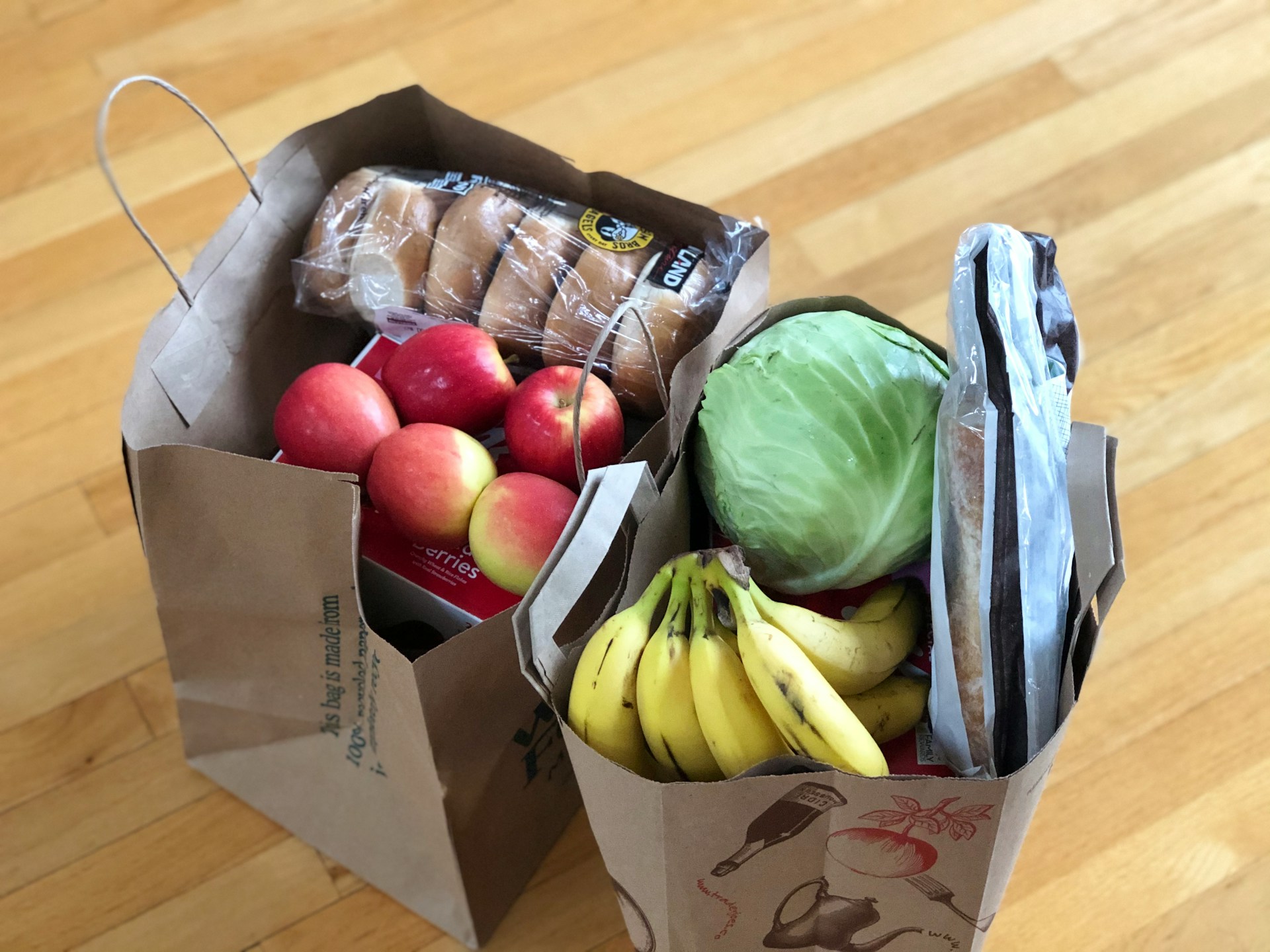Introduction
Healthy eating and daily movement often fail for the same reason: time. The fix isn’t willpower—it’s stacking habits so one supports the other. With a maps app and a few reusable containers, you can turn routine errands into automatic steps and 20‑minute kitchen bursts into a week of easy meals. This guide shows you how to design three neighborhood walking loops tied to grocery stops, batch‑prep smarter (without spending all Sunday cooking), and keep the fridge organized so you eat what you buy. It’s general wellness advice—adjust for your body, schedule, and access to shops.
Step 1: Build three loops you’ll actually use
Open your maps app and save a list called Food‑Prep Walks. Create:
-
Loop A (10–15 min): A quick corner store or market loop for milk/produce refills.
-
Loop B (25–35 min): The weekly shop loop (supermarket + park detour).
-
Loop C (45–60 min): Farmers’ market or bulk shop loop on weekends.
Choose streets with sidewalks, shade, crosswalks, and a public restroom on longer loops. Download offline maps so directions still work.
Step 2: Carry only what makes walking easy
-
Tote/backpack with wide straps.
-
Small produce bags and a fold‑flat cooler insert for dairy/protein on hot days.
-
Reflective clip for dusk, compact umbrella for surprise showers.
Step 3: The 20‑minute meal‑prep burst (do 2–3 bursts, not a marathon)
Set a timer and tackle one theme per burst:
-
Cook once, use thrice proteins: roast chicken thighs/tofu/beans.
-
Roast veg tray: broccoli, carrots, onions (olive oil, salt).
-
Carb base: rice, quinoa, or roasted potatoes.
-
Sauce: yogurt‑herb, tahini‑lemon, or salsa verde.
When the timer ends, you’re done. Portion into 2–3 containers; label with date.
Step 4: A simple weekly rhythm
-
Sunday: Loop C (farmers’ market) + Burst #1 (protein + veg).
-
Tuesday: Loop A (refill greens/fruit) + Burst #2 (carb base + sauce).
-
Thursday: Loop B (top‑up + park) + Burst #3 (egg bake or soup).
You’ve now walked 3× and prepped 3 bursts without a single “extra workout.”
Step 5: Pantry and fridge map (so food gets eaten)
-
Top shelf: ready‑to‑eat (today/tomorrow).
-
Middle: prepped ingredients (protein, veg, carbs).
-
Drawer: raw veg to prep next.
-
Door: condiments and sauce of the week.
Print a “Use‑First” sticky note for anything nearing the edge.
Step 6: Five plug‑and‑play meal templates
-
Bowl: base + protein + veg + sauce + crunchy topper (nuts, seeds).
-
Wrap: protein + slaw + sauce in a tortilla/flatbread.
-
Soup: sauté onion/garlic → add prepped veg + stock → simmer.
-
Frittata: whisk eggs → fold in prepped veg/protein → bake.
-
Stir‑fry: high heat, quick sauce (soy/ginger/garlic or tamari + lime), finish with herbs.
Step 7: Budget and waste cutters
-
Walk with a small list; buy produce that fits on one fridge shelf.
-
Choose house brands for staples; splurge on flavor bombs (good olive oil, spices, citrus).
-
Freeze half your cooked protein if you’re prone to takeout on Thu/Fri.
Step 8: Social & family add‑ins
Invite a friend on Loop B once a week. For families, share a list via email/notes and give kids a “pick two veggies” job at the store. Let everyone choose one sauce of the week—it increases buy‑in.
Step 9: Weather pivots
-
Heat: Go early, shorter loops, carry water.
-
Rain: Mall/grocery arcade loop if safe; batch more prep at home.
-
Cold: Short Loop A with a café halfway; prep soups/stews.
Step 10: Track lightly
Note walk minutes and meals on hand on the fridge (e.g., “3 bowls, 2 soups, 6 wraps”). Celebrate using everything you bought; that’s money and time saved.
Troubleshooting
-
Over‑shopping: Commit to one shelf; when full, stop buying produce.
-
Bored of flavors: Rotate one element weekly (different sauce or herb).
-
Heavy bags: Do two quick loops on consecutive days instead of one big haul.
Quick checklist
□ Three loops saved (A/B/C)
□ 2–3 twenty‑minute bursts scheduled
□ Fridge map labeled (top = ready now)
□ Five meal templates posted
□ Short shopping list matched to one shelf
Bottom line: Map the errands, walk the loops, and prep in tiny bursts. You’ll move more, eat better, and stop throwing away food—without adding hours.

